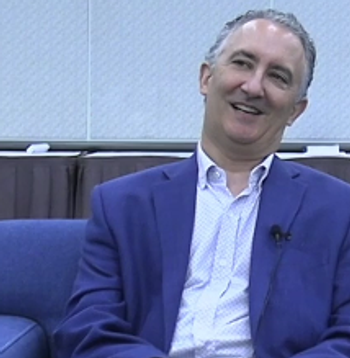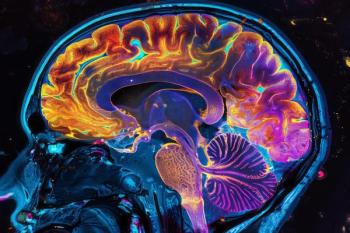
What's Normal? What's Not?
The liveliest debate in psychiatry today is where to draw the line between mental disorder and mental health. So much rides on the decision-who gets treated and how, who pays for it, whether a criminal is deemed mad or bad, whether someone gets damages in tort cases, who qualifies for disability payments and eligibility for extra school services, whether someone can adopt a child-and there's a whole lot more.
The liveliest debate in psychiatry today is where to draw the line between mental disorder and mental health. So much rides on the decision-who gets treated and how, who pays for it, whether a criminal is deemed mad or bad, whether someone gets damages in tort cases, who qualifies for disability payments and eligibility for extra school services, whether someone can adopt a child-and there's a whole lot more.
But here is the big problem. No bright line marks the boundary between illness and health. At the extremes, it is easy to diagnose mental illness accurately and to distinguish it from normality. At the fuzzy border, it is impossible.
This is true now and will remain true into the distant future-until we finally have biological tests in psychiatry. In a few years, there will be lab tests for Alzheimer's, but the pipeline for the other disorders is dry.
The problem with precisely defining “normal” has been recognized almost since the beginning of psychiatry as a separate profession in the
The first comes from an editorial in the
“Nothing can be more slightly defined than the line of demarcation between sanity and insanity. Physicians and lawyers have vexed themselves with attempts at definitions in a case where definition is impossible. There has never yet been given to the world anything in the shape of a formula upon this subject, which may not be torn to shreds in five minutes by any ordinary logician. Make the definition too narrow, it becomes meaningless; make it too wide, the whole human race are involved in the drag-net. In strictness, we are all mad as often as we give way to passion, to prejudice, to vice, to vanity; but if all the passionate, prejudiced, vicious, and vain people in this world are to be locked up as lunatics, who is to keep the keys to the asylum?”
The second equally telling quote is from the 1888 novella, “Billy Budd” by Herman Melville:
“Who in the rainbow can draw the line where the violet tint ends and the orange tint begins? Distinctly we see the difference of the colors, but where exactly does the one first blendingly enter into the other? So with sanity and insanity. In pronounced cases there is no question about them. But in some supposed cases, in various degrees supposedly less pronounced, to draw the exact line of demarcation few will undertake tho' for a fee some professional experts will. There is nothing namable but that some men will undertake to do it for pay.”
Victorian writing has a subtlety and grace of expression rarely found in our more utilitarian modern modes of speech. But the puzzle of defining the boundary between normal and illness is just as problematic today as it was then.
Decisions on where to draw the line must necessarily rest not on any abstract definition that clearly separates the two, but rather on practical consequences. Will including a new disorder in DSM, or changing the threshold for an existing one, result in more harm or more good?
This is a brass standard, but will have to do in the absence of a gold one. Clearly, we currently have an imbalance. Loose definitions, and even looser application of them under the pressure of pharma marketing, have expanded psychiatry beyond its competence and have made normal an endangered species.
It is time for a correction back to a reasonable Goldilocks balance. To get there, we need a tighter diagnostic system and an end to pharma marketing.
Let's close with one final great quote, this time from Isaac Newton: “I can calculate the motions of the heavens, but not the madness of men.” We can't do a very precise job of this either, but we can certainly do a lot better than we are now.
Newsletter
Receive trusted psychiatric news, expert analysis, and clinical insights — subscribe today to support your practice and your patients.













